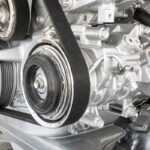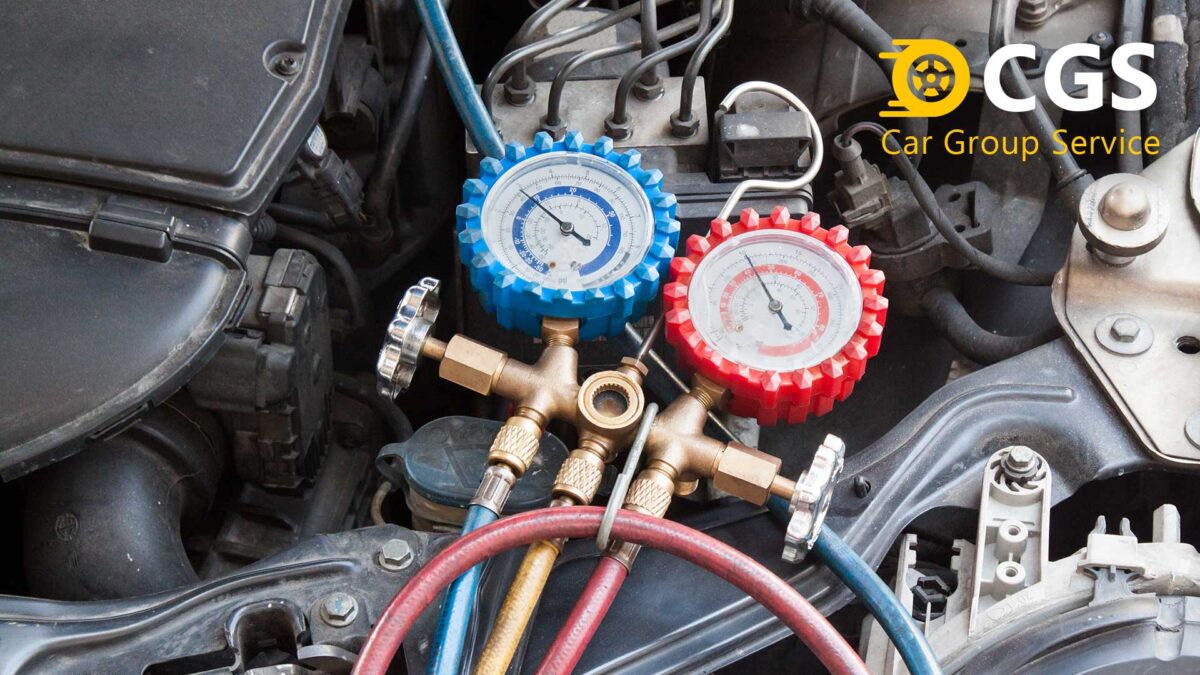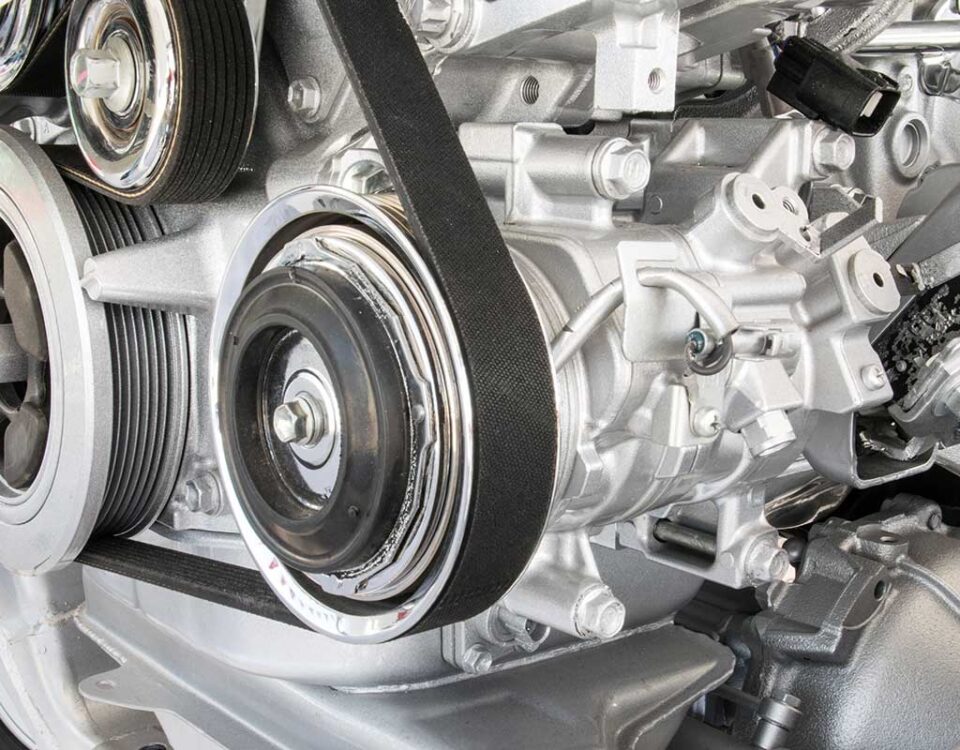
Expert Car Engine Repair in Warsaw: Get Back on the Road Safely!

Car air conditioning is no longer considered a luxury as it was not long ago, but has become standard equipment in every car. Thanks to it, we can enjoy comfort during travel on hot days and easily remove excess moisture from the vehicle’s interior all year round. How do we use air conditioning correctly and maintain it to ensure long-lasting and trouble-free operation? In this article, we will discuss the basic issues related to car air conditioning.
What is Car Air Conditioning?
Car air conditioning is a closed thermodynamic system, operating similarly to a regular refrigerator. The key element responsible for heat exchange is the refrigerant.

The Importance of Refrigerant in the Air Conditioning System
The refrigerant is a substance that, at low pressure and low temperature, transitions to a gaseous state, absorbing energy from the surroundings. At high pressure and high temperature, it condenses, releasing heat. Thanks to this refrigerant circulating in the air conditioning system, we can enjoy cool air inside the car.
The Structure of a Car Air Conditioning System
The car air conditioning system consists of: an air conditioning compressor, air conditioning condenser, dryer, expansion valve, and evaporator, all connected by pipes. The refrigerant circulates within this system.

How Does Car Air Conditioning Work?
The principle of air conditioning operation is simple, and each component of the system performs specific tasks:
1. The compressor, driven by a belt from the engine, causes the refrigerant to flow under pressure and at a high temperature to the condenser.
2. The air conditioning condenser (heat exchanger) is located at the front of the car. Here, the refrigerant cools down, changing to a liquid state, and under high pressure is directed to the dryer.
3. The dryer removes moisture and mechanical impurities from the refrigerant, which then goes to the expansion valve.
4. The expansion valve reduces the refrigerant pressure, causing it to transition to a gaseous state and lower its temperature. The gaseous refrigerant then flows to the evaporator.
5. The evaporator, located in the car’s ventilation duct, cools the air, which is then directed into the cabin. After expansion in the evaporator, the refrigerant is drawn back into the compressor, and the cycle repeats.
The Tasks of Car Air Conditioning
The main task of the car air conditioning system is to provide comfort to the driver and passengers by removing excess heat and moisture from the vehicle’s interior. Air conditioning also removes sweat, carbon dioxide, dust, exhaust fumes, plant pollen, odors, and cigarette smoke.
During the autumn and winter seasons, air conditioning helps remove moisture that evaporates and condenses on the windows. This improves visibility and driving comfort.
How to Use Car Air Conditioning?
To avoid health problems such as colds, respiratory infections, joint and muscle inflammation, and allergies, follow these guidelines:
1. Ventilate the car interior by opening all windows before turning on the air conditioning.
2. After starting the car, keep the windows open for a few minutes to get rid of hot air.
3. Gradually turn on the air conditioning, not setting it to the lowest temperature immediately. The optimal temperature is 19-21°C.
4. Direct the cool air flow towards the windows, not directly at yourself.
5. Avoid entering a heavily cooled car after being in the sun for a long time to prevent thermal shock.



